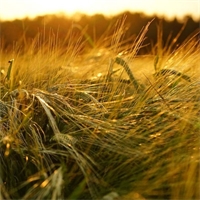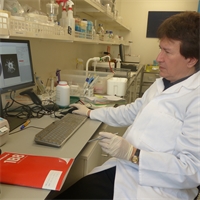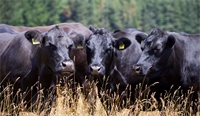27May
Agronomy Winter Update 2021
Words supplied by Craig Rodgers, Group Manager On-Farm Sales.
The autumn period like last year has produced a consistent spell of warmer weather. With only a couple of light frosts, the soil temperature has remained up, with consistent growth rates for all crops and pasture where consistent irrigation was available. Feed surpluses had been good in the early part of autumn but continued dry conditions and a reduction in soil temperature in early May will mean minimal surplus pasture and feed available heading into winter. Once again, we are seeing a slightly early transition across to winter feed paddocks than in previous years.
Cereals
Autumn sown crops were in earlier due to the early harvest and earlier cereals have had good establishment and growth. Early indication is that the area of autumn sown cereals will be down on the previous year. We have seen a lift in grain pricing but are still waiting for confirmed milling wheat contract pricing from some mills. There has been discussion in the market around the procurement of milling wheat by some mills, with seminars and industry led meetings happening in May to help farmers and give them clarity on their part in the future of the milling wheat industry. All wheat varieties seem to be readily available and at time of writing we were awaiting the 2021 FAR trial results.
Recent AAMI report information indicated a drop in yields as well as harvested cereal area for the 2020 harvest. It is too early to predict how much uncommitted grain there is unsold in the market, but with yield reductions, it could be as much as 20% less grain available for the winter and spring markets. There has been some movement of free product post-harvest and we are fielding some enquiry for late winter and spring requirements for both wheat and barley.
Grain prices have increased through May on the back of the dry autumn as end users have cleaned out silo and storage areas. Over the past month, there has been limited demand from dairy farmers and other end users. There has been some enquires to lock tonnage in for the spring period, but most movement throughout the past few months has been for contracted grain.
Pasture
Pasture renewal has been steady and often weather dependant as we head into late autumn. We are still seeing some late sowings mainly due to early winter grazed crops coming off. Just like with any crop or pasture this is all weather dependant, hopefully if we get an early winter, we will get an early spring and once the soil temperatures start heading up it is an appropriate time to plant but this can depend on soil conditions. Some heavier soil types are too boggy to get implements across in early spring and you are better waiting until the days get longer and warmer.
We have seen minimal rainfall through autumn with conditions still very suitable to all grazing types however, as conditions soften it is important to ensure you protect any newer pastures from stock damage but still look to graze them to optimise covers for the winter period. Pastures being grazed immediately following rain can cause damage especially around gateways. Patching these up during winter may not get the desired result and waiting till early spring will be a better option. There are some good options available to help tidy up these areas but ensure you consider what is planned for that paddock in the future. If it is likely to be re-grassed or cropped then a short-term grass or renovation style mix would be suitable, but if it is a well performing or newish pasture then look to spend a little more to ensure it is back performing to its potential.
If you are having stock on pastures over the winter period, please ensure you carefully choose paddocks that can handle the conditions, ensuring you don’t damage too many new or good pastures.
Selection of cultivars is also important and while there can be a variation in pricing the Forage Value Index is a great guide in selecting the grass that will produce the best when you need it to. You can view Forage Value Index here. Any grass will look good in the first couple of years but persistence is where you get the greatest value.
Winter Crops
The measuring and grazing of fodder beet is underway and as usual the general variety discussion with farmers is revolving around yield, dry matter content and stock suitability. Early weights are showing mixed results with some yields up on previous years, and some similar or just below. There does not seem to be too much variance across varieties, however, once full yield assessments are complete, we can analyse what has performed better this year. The transition period remains the most important process of the fodder beet crop and an independent yield assessment is only a guide as crops can vary in size across a paddock. The most accurate estimation is often measured by what the stock are eating or sometimes what they are leaving behind.
Once again, we have seen an increase in kale area this season and crops at this stage are looking good. Most kale crops went in after the cooler spring and have responded well through the late summer and autumn. At this early stage there seems to be satisfactory amounts of winter feed available, and these will only increase as we get some frosts which will bring the dry matter percentage up. If the milder weather continues and ground conditions remain favourable the conversion of feed should be high through the early part of winter.
Related

It has been several years since the autumn period has produced a consistent spell of warmer weather....
Read More

It was a fantastic effort by Enda Hawe’s team to win the Ruralco Meridian Top Farm competition whic...
Read More

Farmers have been hit with all sorts of challenges of late, but a new report shows that hasn’t stop...
Read More

Lincoln University will play a significant role in identifying plant, animal and disease outbreaks a...
Read More

With herbicide resistance rising in New Zealand, arable farmers are being warned not to continually ...
Read More

Many older farmers today will well recall the anger and frustration expressed by many New Zealanders...
Read More